Brookland Park Boulevard is a main commercial and retail corridor running through the heart of Richmond’s North Side. The street begins at Six Points, an intersection which ties together the greater Highland Park and Chestnut Hill / Plateau areas. The two lane street is flanked by parallel parking spaces, sidewalks, and bus stops, the commercial core being devoid of street trees. Brookland Park travels west, becoming largely residential by the time it concludes at Hawthorne Avenue, continuing on as Brookland Parkway.
Brookland Park first developed in the late 19th century when Richmond’s electric streetcar system extended north from Downtown into Highland Park. Development intensified when the streetcar began to travel west along Brookland Park Boulevard, first connecting with lines on Brook Road and later Chamberlayne Avenue.
As North Side’s population rose and transit and development pushed north, demand for internal amenities grew. Brookland Park Boulevard filled that demand with an increasingly wide range of retail and community functions. By 1920, the street was home to grocery stores, restaurants, tailors and clothiers, general stores, offices, apartments, churches, and a grand schoolhouse, now Richmond Community High School, designed by Charles M. Robinson, one of the city’s most prolific public designers. 1924 brought the Brookland Theatre, a photogenic Art Deco structure which anchors the street’s retail core.
The 1940s and 50s saw the end of streetcars and the rising dominance of automobiles, both of which had a dramatic impact on Brookland Park Boulevard. Whites, who used to dominate neighborhood demographics, relocated to new far flung suburbs as African Americans moved in, sometimes in spite of discriminatory sales tactics. Nearby public housing developments and school integration solidified the demographic shift. Until recently, the neighborhood has been nearly entirely African American. As the income of Brookland Park residents decreased relative to other neighborhoods, so did its importance both as a retail core and vehicular connector. Following a familiar narrative in Richmond and the country at large, storefronts closed, rents fell, and economic vitality gave way to blight.
Now, with Richmond’s population growing for the first time in decades and pockets of revitalization springing up around the city, many theorize that Brookland Park’s time has arrived. The street retains much of its former visual charm, if sometimes obscured by plywood window covers and the like. Richmond Community, one of the city’s best high schools, now occupies Robinson’s neo-classical school house. Bus routes run along the street, connecting it with employment centers downtown and residential areas further north. The growth of nearby institutions such as Virginia Union University, Virginia Commonwealth University, Reynolds Community College, and Union Theological Seminary also benefit the area. Home values and incomes in the neighborhood have been increasing at a higher rate than the city at large. Growing interest in urban living by people from different economic and social backgrounds now promises to balance the neighborhood’s demographics for the first time in its history, a prospect which presents both opportunities and challenges.
The revitalization of Brookland Park Boulevard has been the subject of several studies by the City of Richmond and VCU’s Master’s Program in Urban and Regional Planning. The plans, which overlap on a number of points, include proposals such as street improvements, community events, and a neighborhood rebranding program. Some of the most encouraging improvements thus far have been made from within the community. Friends of Brookland Park Boulevard has hosted a number of events and workshops for community stakeholders. They are also involved with an effort to restore the Brookland Theatre, which predated Carytown’s Byrd and fulfilled a similar role prior to its closing. Carytown, which never suffered an economic downturn on the scale of Brookland Park, represents a developmental target for the street. While it may seem a lofty goal, Brookland Park Boulevard’s many storefronts and varied architecture make a vibrant transformation easy to imagine, even if it remains a few years off.
D.OK.
Photographs by author

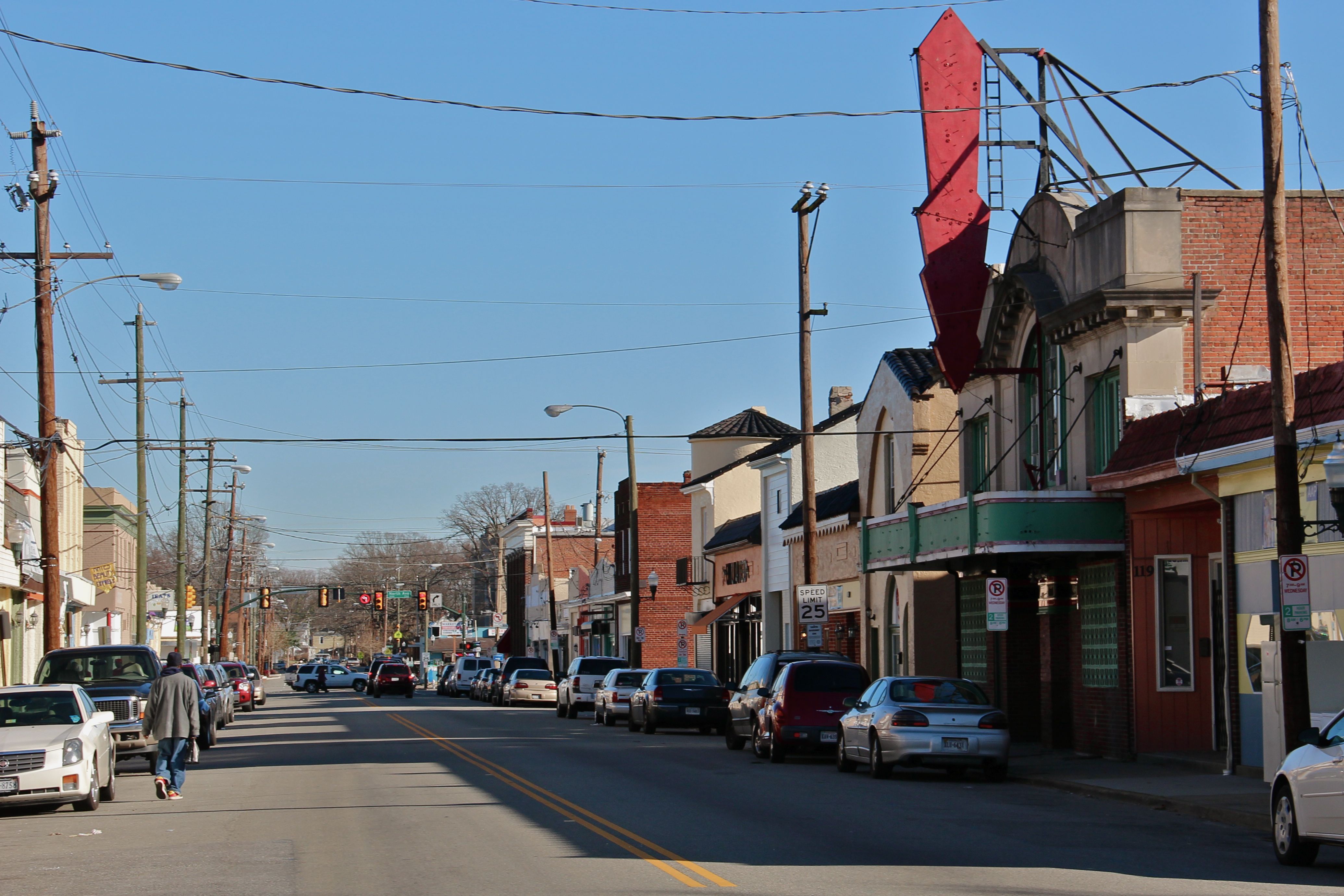
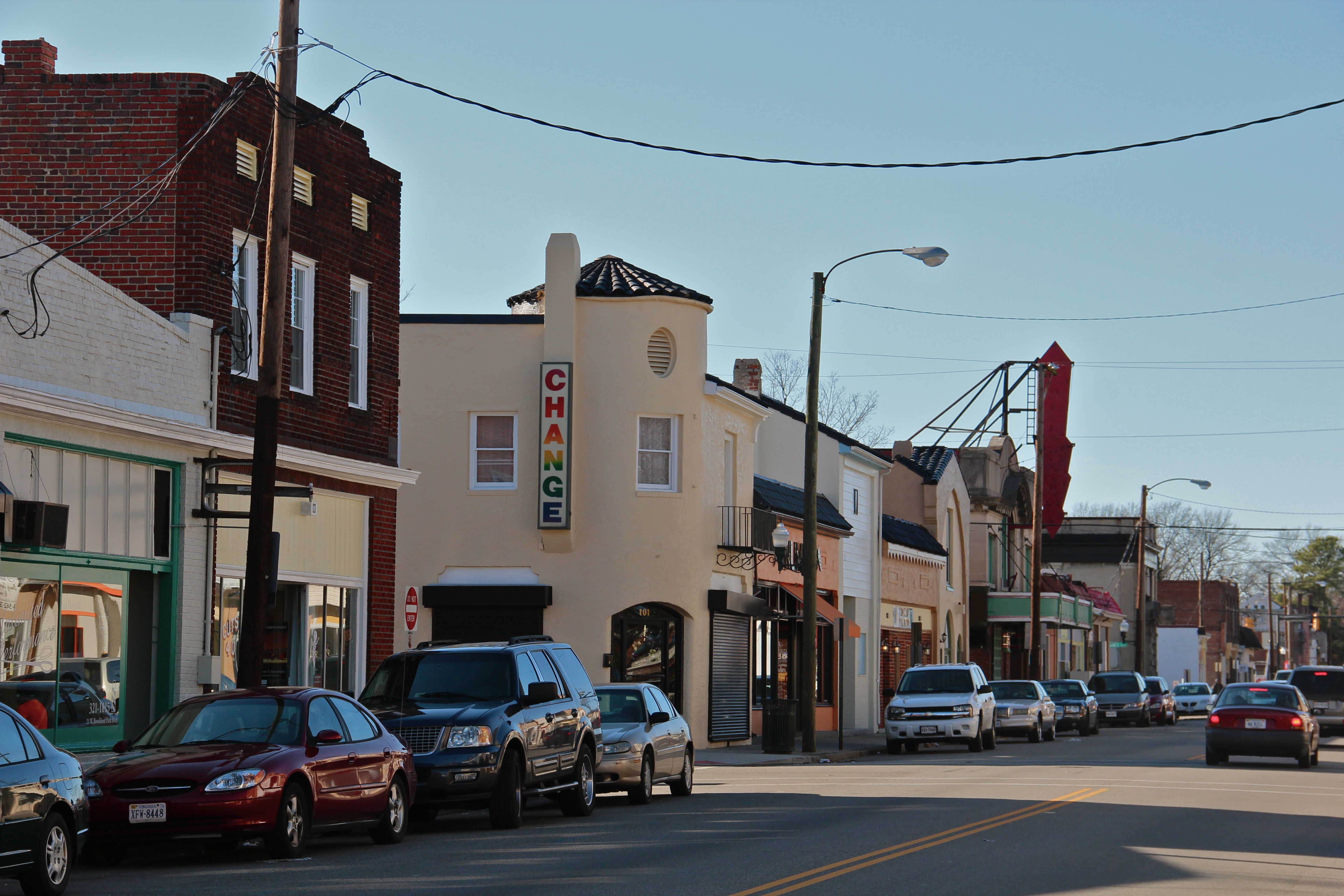
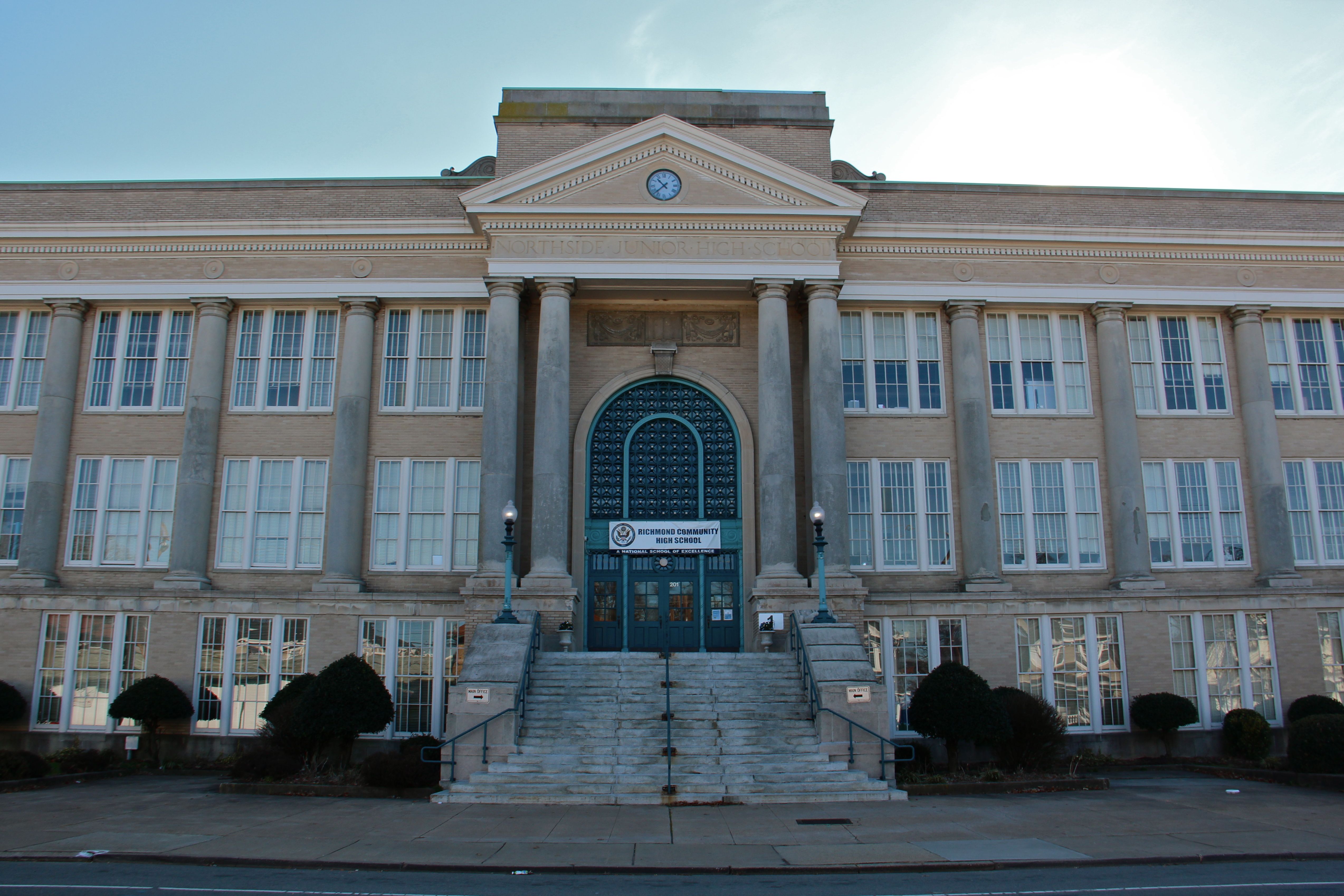
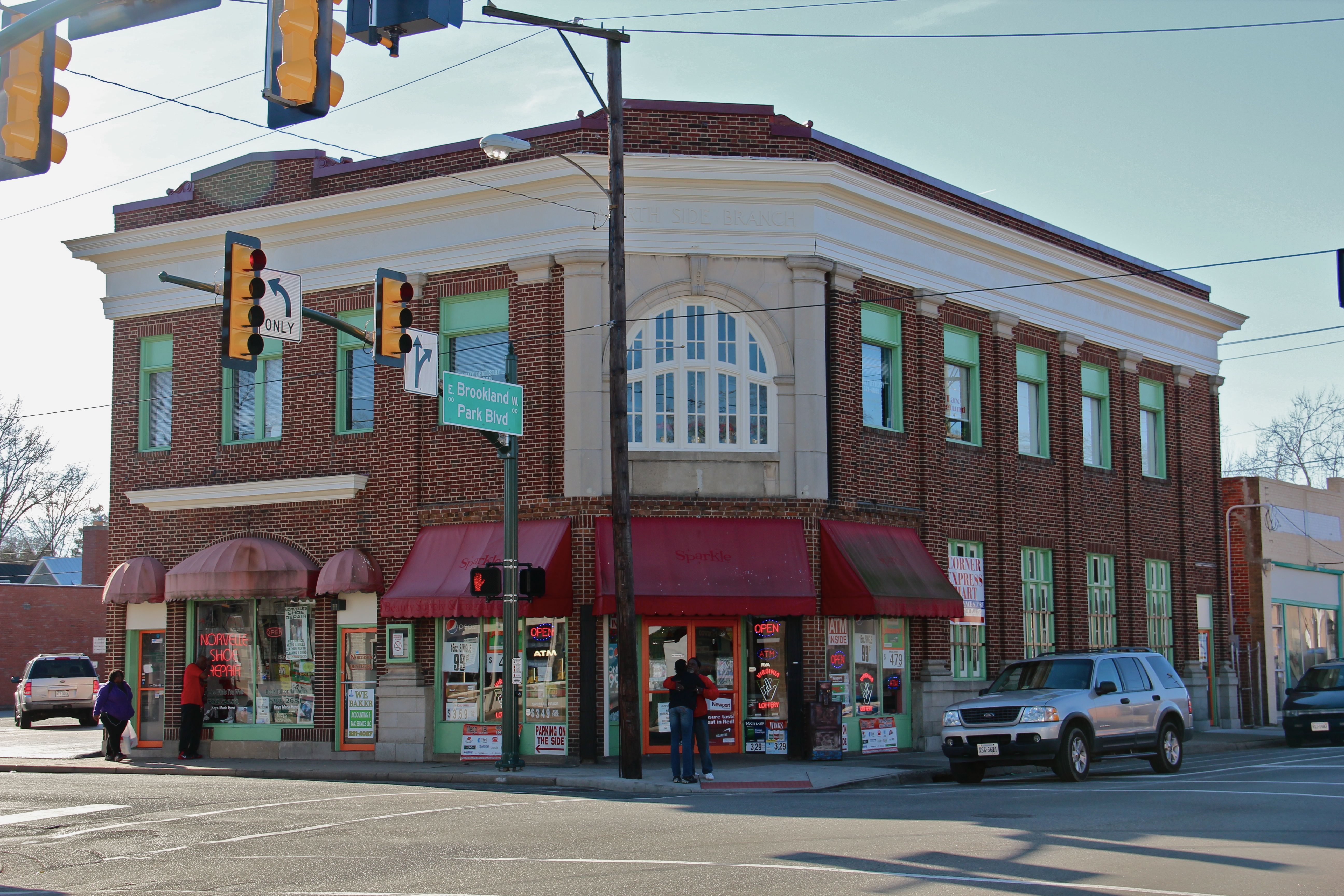
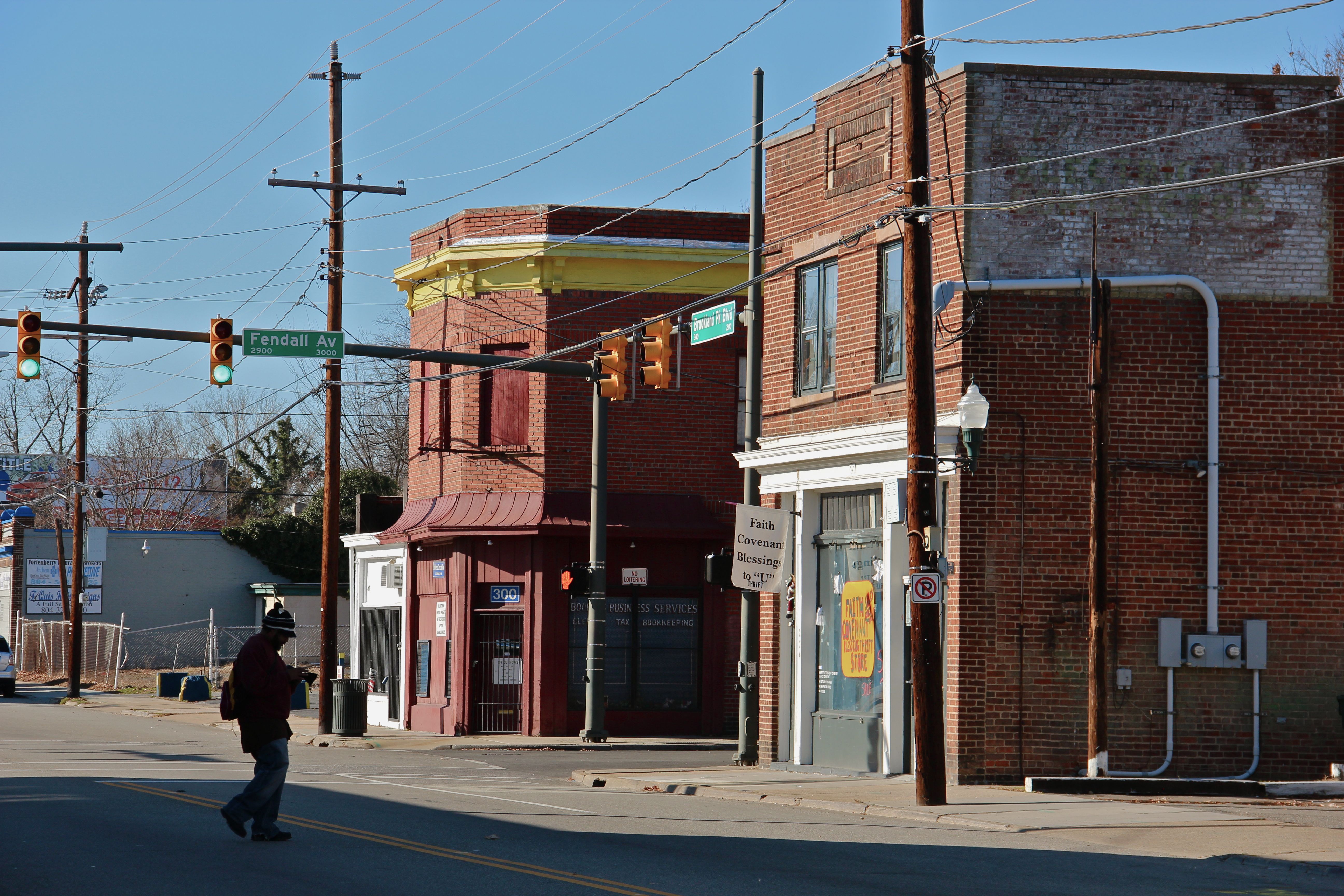
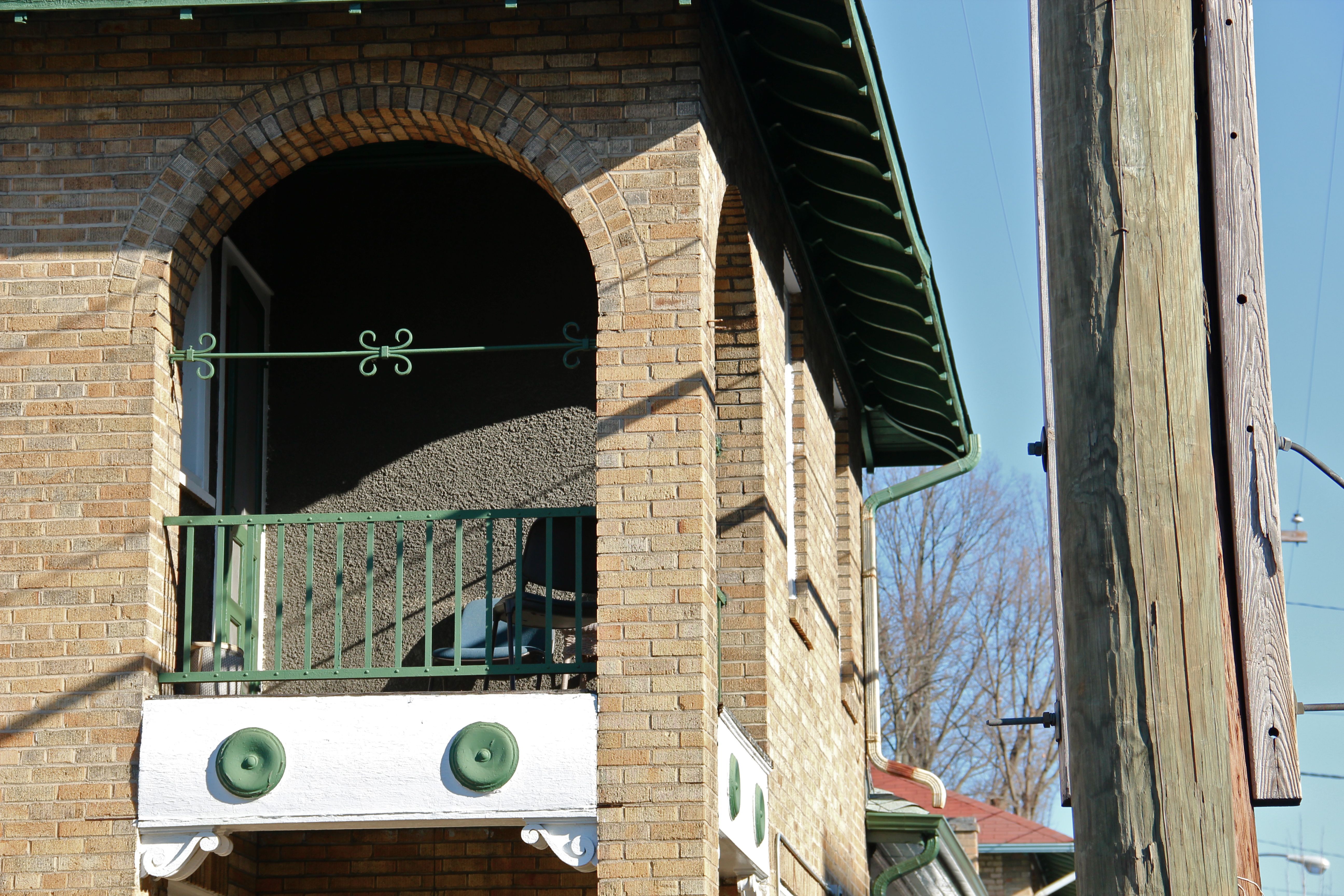
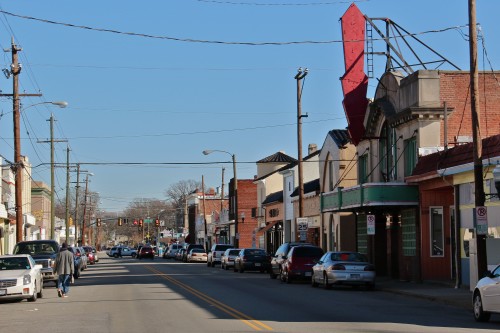
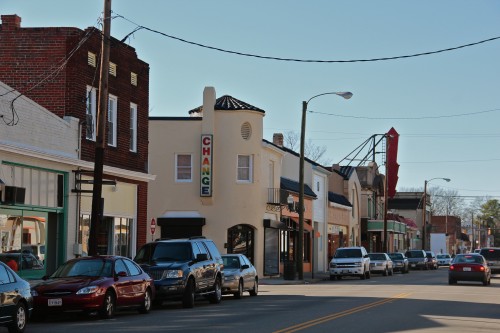
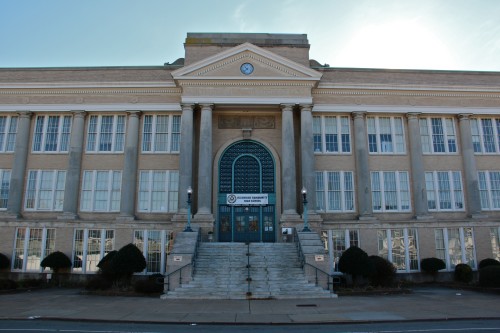
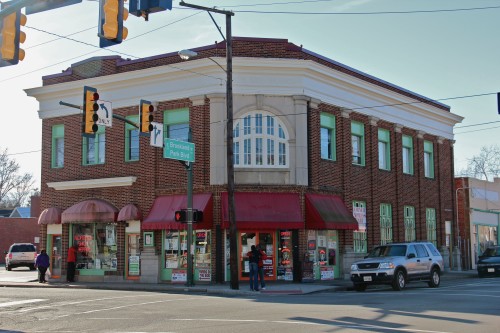
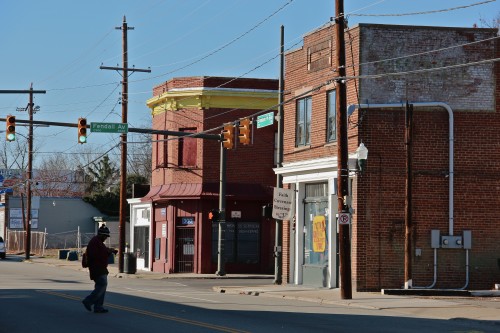
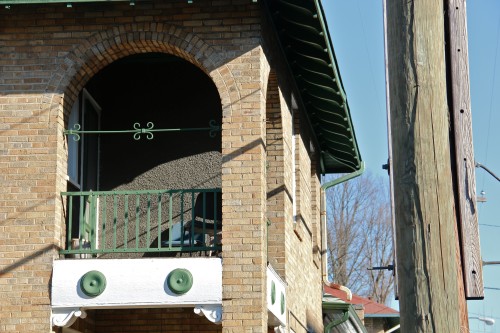
1 Comment
[…] L'ancienne richesse est visible dans les bungalows seigneuriaux et American Foursquare architecture qui imprègne les quartiers […]
Write a Comment